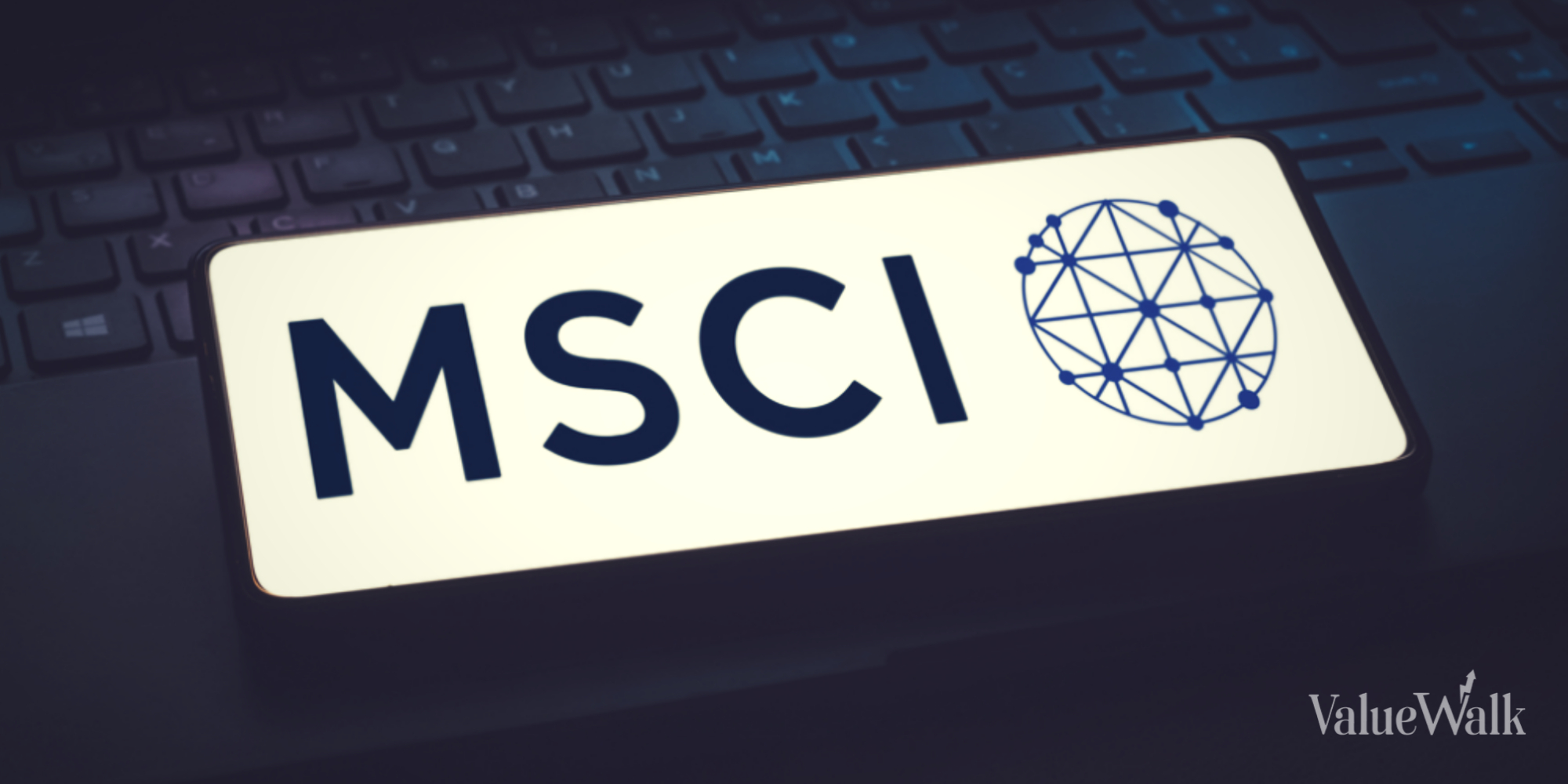How To Avoid The Worst Style ETFs 3Q16 by Kyle Martone
Question: Why are there so many ETFs?
Answer: ETF providers tend to make lots of money on each ETF so they create more products to sell.
The large number of ETFs has little to do with serving your best interests. Below are three red flags you can use to avoid the worst ETFs:
- Inadequate Liquidity
This issue is the easiest issue to avoid, and our advice is simple. Avoid all ETFs with less than $100 million in assets. Low levels of liquidity can lead to a discrepancy between the price of the ETF and the underlying value of the securities it holds. Plus, low asset levels tend to mean lower volume in the ETF and larger bid-ask spreads.
- Worst Style ETFs – High Fees
ETFs should be cheap, but not all of them are. The first step here is to know what is cheap and expensive.
To ensure you are paying at or below average fees, invest only in ETFs with total annual costs below 0.48%, which is the average total annual cost of the 289 U.S. equity Style ETFs we cover. The weighted average is lower at 0.18%, which highlights how investors tend to put their money in ETFs with low fees.
Figure 1 shows AdvisorShares Athena High Dividend ETF (DIVI) is the most expensive style ETF and Schwab US Large-Cap ETF (SCHX) is the least expensive. AdvisorShares (DIVI and FWDD) and Absolute Shares (WBID and WBIB) each provide two of the most expensive ETFs while Schwab (SCHX, SCHB, SCHG) ETFs are among the cheapest.
Figure 1: 5 Least and Most Expensive Style ETFs
Sources: New Constructs, LLC and company filings
Investors need not pay high fees for quality holdings. Schwab U.S. Large-Cap ETF (SCHX) earns our Very Attractive rating and has low total annual costs of only 0.03%.
On the other hand, State Street SPDR S&P 400 Mid Cap Value ETF (MDYV) holds poor stocks and receives our Dangerous rating, yet has low total annual costs of 0.17%. No matter how cheap an ETF, if it holds bad stocks, its performance will be bad. The quality of an ETFs holdings matters more than its price.
- Worst Style ETFs – Poor Holdings
Avoiding poor holdings is by far the hardest part of avoiding bad ETFs, but it is also the most important because an ETFs performance is determined more by its holdings than its costs. Figure 2 shows the ETFs within each style with the worst holdings or portfolio management ratings.
Figure 2: Style ETFs with the Worst Holdings
Sources: New Constructs, LLC and company filings
Worst Style ETFs
PowerShares (EQAL, PXLV, EQWS, PXSG) appears more often than any other providers in Figure 2, which means that they offer the most ETFs with the worst holdings.
PowerShares Russell 2000 Equal Weight Portfolio (EQWS) is the worst rated ETF in Figure 2. State Street SPDR S&P 400 Mid Cap Value (MDYV), ProShares Ultra Oil & Gas (DIG), and PowerShares Russell 2000 Pure Growth Portfolio (PXSG) also earn a Dangerous predictive overall rating, which means not only do they hold poor stocks, they charge high total annual costs.
Our overall ratings on ETFs are based primarily on our stock ratings of their holdings.
Worst Style ETFs -The Danger Within
Buying an ETF without analyzing its holdings is like buying a stock without analyzing its business and finances. Put another way, research on ETF holdings is necessary due diligence because an ETF’s performance is only as good as its holdings’ performance. Don’t just take our word for it, see what Barron’s says on this matter.
PERFORMANCE OF ETFs HOLDINGs = PERFORMANCE OF ETF
This article originally published here on August 12, 2016.
Disclosure: David Trainer and Kyle Martone receive no compensation to write about any specific stock, style, or theme.






